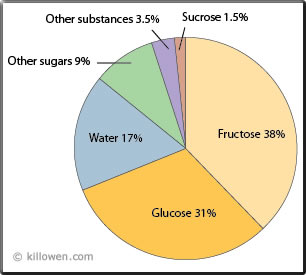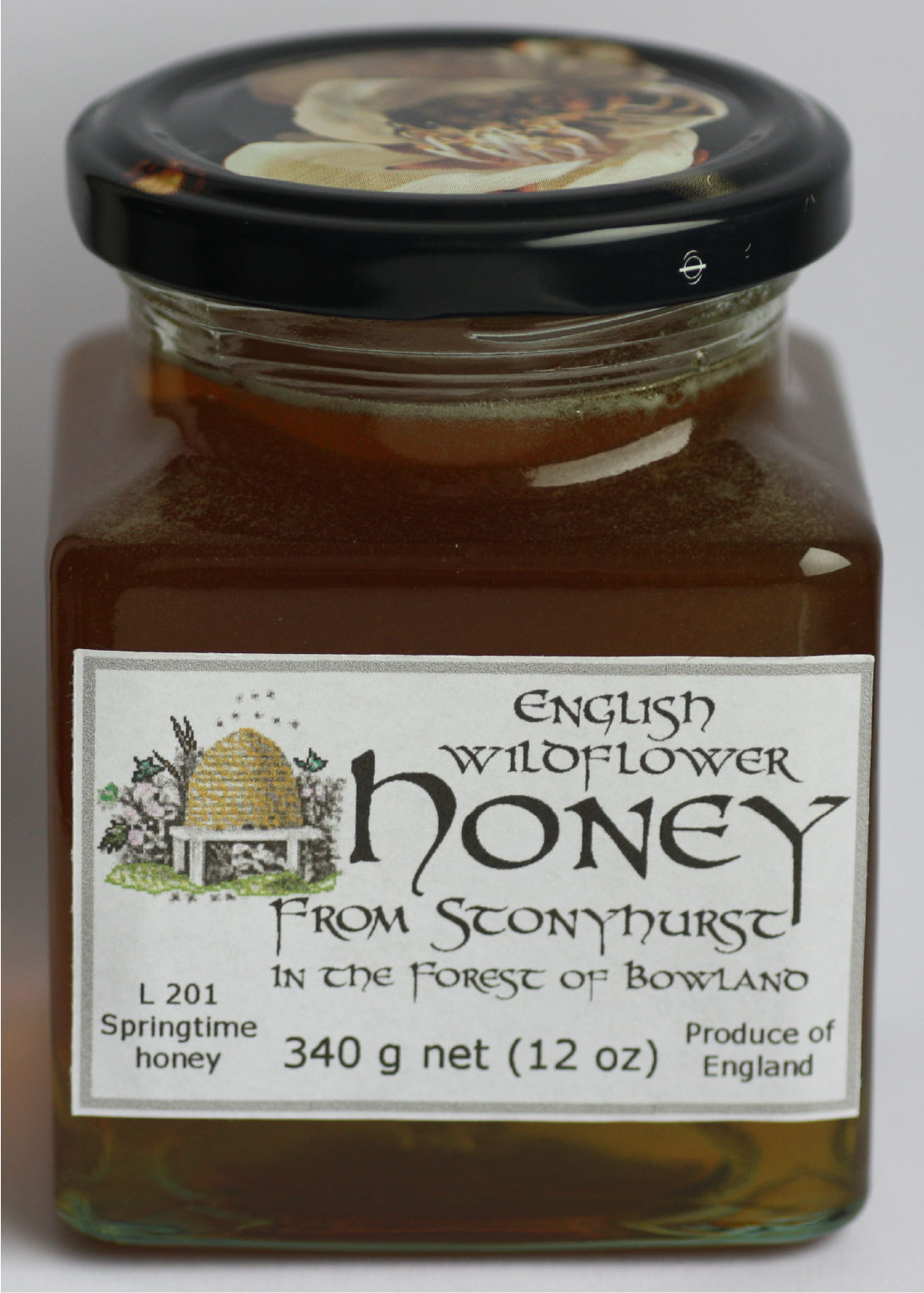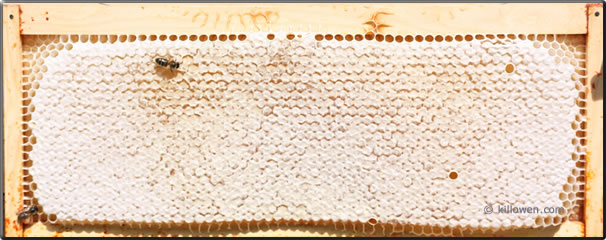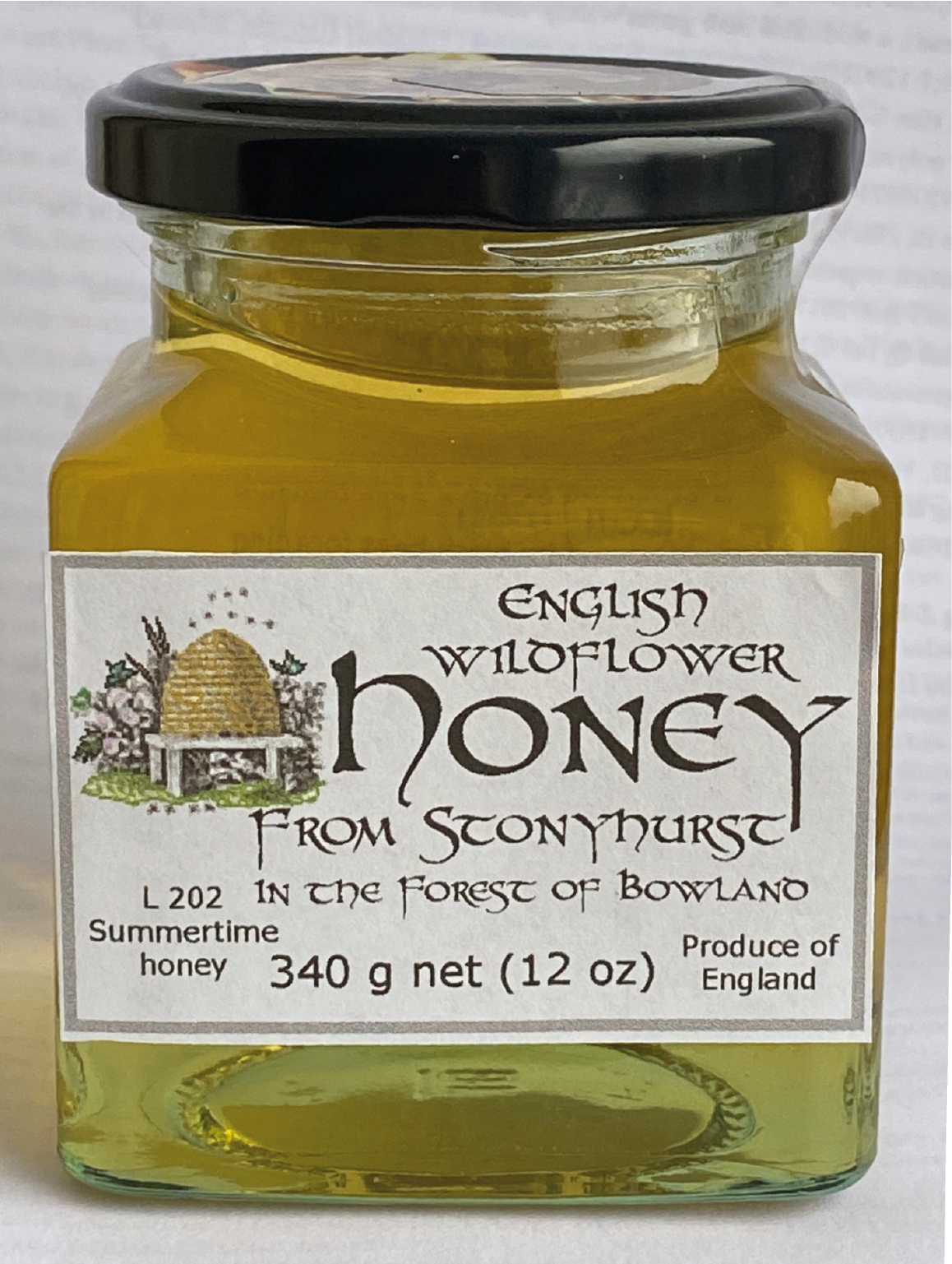Honey
Stonyhurst Honey ® - for sale in Clitheroe
The winter of 2022 was one of the wettest on record. But this was followed by the months of April and May which proved to be one of the driest, warmest, and sunniest on record. The bees made full use of this very unusual weather bringing in lots of nectar from the Spring flowers. So much so that some Springtime honey was taken off in the first week in June.
Otherwise the honey is normally taken off in the second week in September after the flowering of the Himalayan balsam.
This honey sets quite slowly and sometimes is still liquid after some years. The honey taste varies from year to year. This year's honey is especially delicious.
Otherwise the honey is normally taken off in the second week in September after the flowering of the Himalayan balsam.
This honey sets quite slowly and sometimes is still liquid after some years. The honey taste varies from year to year. This year's honey is especially delicious.
A jar of Springtime honey is shown on the left and is usually quite dark. By contrast the Summertime honey taken off in September (shown on the right) is very light with the slightest of greenish tinges possibly showing the bees had been foraging on the nearby limes at Stonyhurst College.
Stonyhurst Honey ® can be purchased at the following outlets:
The Food Hall, Holmes Mill, Clitheroe, BB7 1EB
Inn at Whitewell, Forest of Bowland, Nr Clitheroe, BB7 3AT
For further information on availability please contact through the following email address.
Stonyhurst Honey ® can be purchased at the following outlets:
The Food Hall, Holmes Mill, Clitheroe, BB7 1EB
Inn at Whitewell, Forest of Bowland, Nr Clitheroe, BB7 3AT
For further information on availability please contact through the following email address.
A frame of honey ready for extraction.
The cappings produced by the black bee are white.
This National frame holds about
3 lb honey.
The cappings produced by the black bee are white.
This National frame holds about
3 lb honey.
Honey composition

The pie-chart shows the average composition of honey. The nectar (mainly sucrose) which the bees collect is broken down into its two main constituents glucose and fructose by the bees adding the enzyme invertase. The proportions of these sugars determine the setting property of the honey. Honey with a higher glucose content granulates rapidly and conversely those with a higher fructose content stay liquid often for many years. Other sugars include maltose.
Other substances include organic acids, mineral elements, and amino acids. These are responsible for producing the very characteristic tastes and aromas of different honeys.
For a detailed review of the composition of honey: see this link.
Local honey also contains pollen grains from those flowers on which the bees have been foraging. Identifying these grains produces a kind of unique fingerprint by which the honey can be shown to be genuinely local.
See this link for some information on how local honey might alleviate hay fever:
Other substances include organic acids, mineral elements, and amino acids. These are responsible for producing the very characteristic tastes and aromas of different honeys.
For a detailed review of the composition of honey: see this link.
Local honey also contains pollen grains from those flowers on which the bees have been foraging. Identifying these grains produces a kind of unique fingerprint by which the honey can be shown to be genuinely local.
See this link for some information on how local honey might alleviate hay fever:


The honey which we get in this area of
North East Lancashire - Stonyhurst is in the Forest of Bowland - is from the trees, shrubs, and wild flowers only. The bees forage from an apiary close to the River Hodder.
The quantity of honey is consequently quite limited especially considering the wet climate but the quality never fails to disappoint.
The honey is raw, coarse-sieved, and unheated so retaining all the natural flavours and pollen grains.
The quantity of honey is consequently quite limited especially considering the wet climate but the quality never fails to disappoint.
The honey is raw, coarse-sieved, and unheated so retaining all the natural flavours and pollen grains.
The proportion of water is important. The bees evaporate off water from the nectar collected until the water content is between 17 - 20%. Honey contains yeasts but at this concentration no fermentation occurs. Honey, however, is hygroscopic and if left open moisture will be absorbed. If the water content raises slightly above the critical then fermentation can occur but this is usually not a problem if the honey is used and not allowed to stand for any length of time.
With a pH of about 4 i.e. on the acid side, honey is a natural antiseptic, and can be used with advantage for wound dressing especially for burns. See Honey 5 in the menu above for information on honey's medicinal properties.
With a pH of about 4 i.e. on the acid side, honey is a natural antiseptic, and can be used with advantage for wound dressing especially for burns. See Honey 5 in the menu above for information on honey's medicinal properties.
